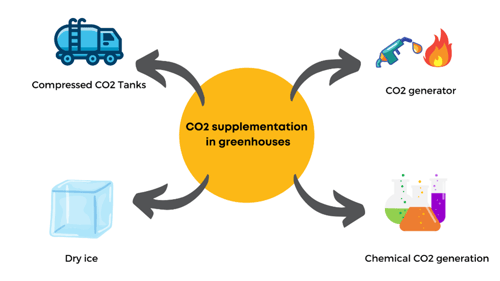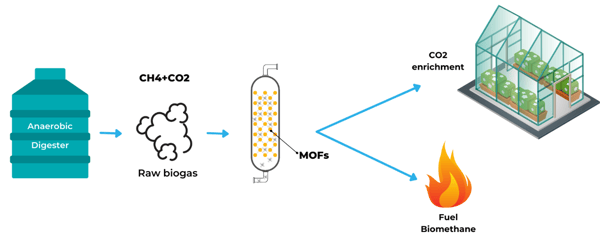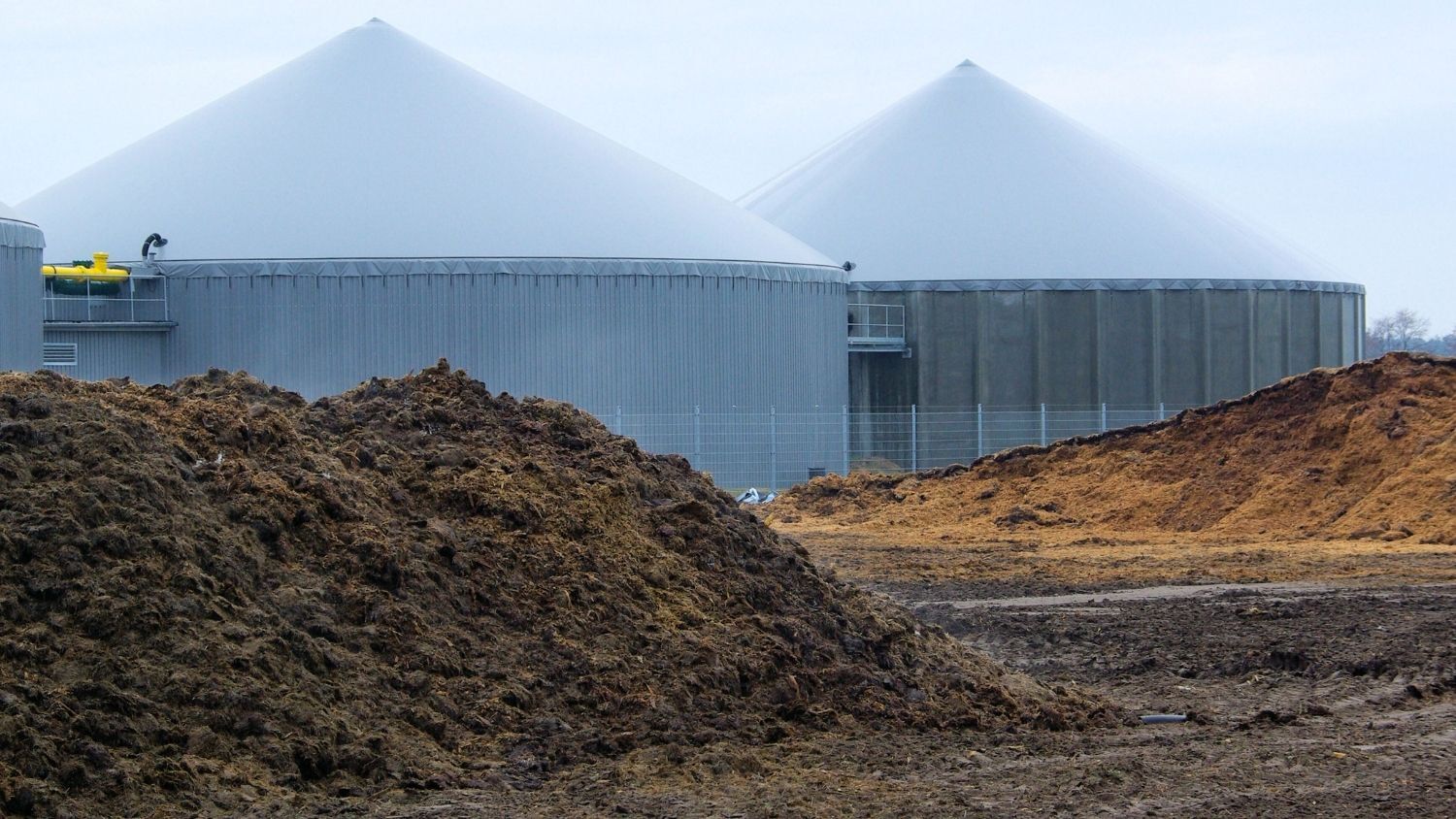Carbon dioxide is a critical ingredient in greenhouse facilities as atmospheric enrichment using this gas allows crops to achieve their potential growth. Despite the abundance of CO2, greenhouse facilities are required to increase its concentration in the circulating air. Carbon dioxide enrichment is performed using different methods, such as the supply of liquid CO2 or cogeneration, where CO2 is obtained from burning fossil fuels. However, these methods are expensive and can damage the crops if operated inadequately.
New ways need to be explored for a more efficient and safe CO2 enrichment. For this purpose, solid porous adsorbents have an excellent capacity for CO2 capture and can be used as a new strategy to supply this gas to greenhouses. MOF-based absorbents are a great option due to new release methods with low energy consumption.
The critical role of CO₂ in greenhouse facilities
Carbon dioxide is one of the factors determining the growth rate in plants. Plants take in CO2 and convert it into sugars that later are used for growth. Therefore, the amount of CO2 in the atmosphere inside greenhouses has a more significant influence on the crops. The concentration of carbon dioxide varies due to utilization; typical values range about 150-200 ppm during the day and increase to about 400 ppm at night in properly vented greenhouses.
Using MOFs to enrich CO₂ to 800-1000 ppm can increase the yield of crops up to 100 percent at optimum levels of water, light, and other nutrients.
Although several methods are used for carbon dioxide enrichment, tanks of liquid CO2 and generators (burning of fossil fuels) are preferred for extensive facilities. However, compressed CO2 is an expensive method due to transportation expenses and specialized equipment for operation. CO2 generators rely on the combustion of hydrocarbon fuels such as propane or natural gas, and the amount of gas produced depends on the type and purity of the fuel. The downside of CO2 generators is the release of by-product gases that can damage the plants.

Inadequate combustion generates gases such as sulfur dioxide, ethylene, carbon monoxide, and nitrous oxides responsible for necrosis, flower malformation, and sudden wilt. Owing to these issues, an extra purification process is required to trap the harmful gases, increasing the operation cost.
Alternative methods for CO₂ enrichment
In recent years, porous adsorbents have proven reliable for capturing and storing different gases, including CO2. In this context, a critical application for porous absorbents is the separation of carbon dioxide and methane from raw biogas. Therefore, the operation of biogas plants near greenhouse facilities can allow the exploitation of valuable products. Methane can be used for electricity generation or heating during winter, and the CO2 can be fed into the greenhouse to increase crop yield.
Metal-Organic Frameworks (MOFs) are relatively new porous materials with highly ordered structures among solid porous adsorbents. MOFs consist of metal centers joined by organic ligands forming a microporous array. They offer the highest surface area (up to 7000 m2/g) among porous materials. Their exceptional characteristics make them an excellent adsorbent material since their chemical properties can be tuned for different applications by changing their components (metal centers and ligands). MOFs have been used for carbon dioxide capture showing high adsorption capacity and good selectivity. You can find more about its implementation in our case study for carbon capture.

In the past decades, adsorbent materials have shown significant advances in increasing the CO2 capture capacity. Studies have demonstrated high selectivity and storage capacity; for instance, a CO2 adsorption capacity of 6.6 mmol/kg at 2.5 bars and 30 °C could be achieved by implementing MOFs. Once the gas is adsorbed, the release efficiency for MOF-based materials reaches up to 90% in a short time (14 mins at 1 bar), making them appropriate for CO2 enrichment in greenhouse facilities.
Besides, the implementation of MOF adsorbents technology is a promising alternative to conventional methods for CO2 enrichment in greenhouse facilities at a lower cost, reducing expenses present in typical methods like transportation of tanks of liquid CO2 or avoiding steps such as purification of flue gas from the combustion of fossil fuels. By using MOFs, greenhouse owners could incorporate the use of agricultural waste for the generation of raw biogas, reducing the footprint of their production process while reducing costs at the same time.
If you are interested, you can find more exciting applications for MOFs in our previous blogs.





.jpg)
